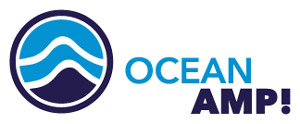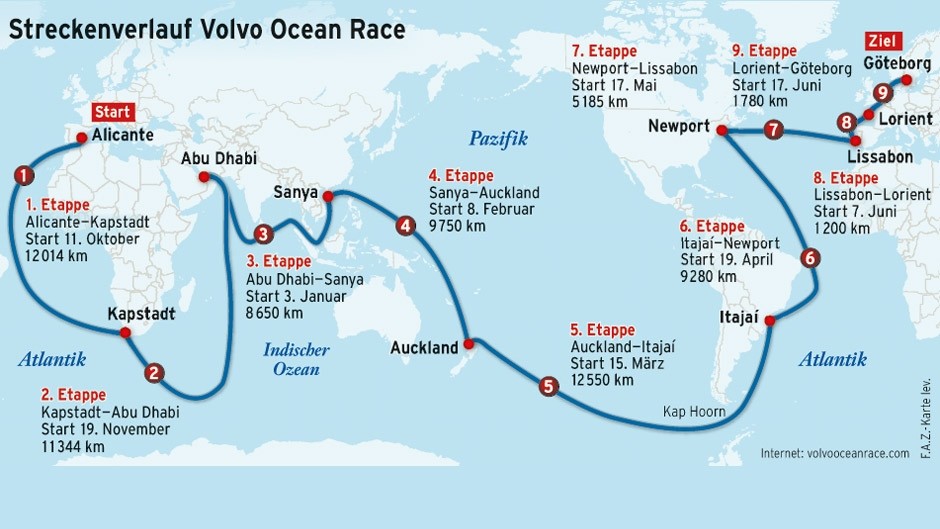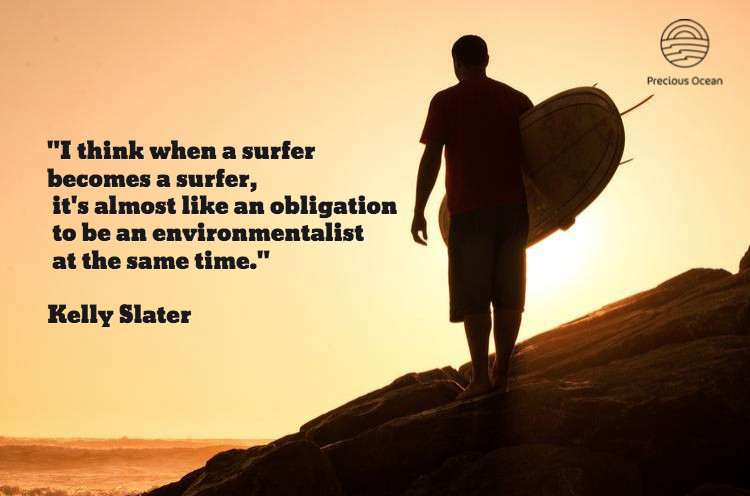Since 1973 one of the toughest offshore sailing challenges is on: The Volvo Ocean Race.
It is the contest all professional sailors dream of doing: The Volvo Ocean Race. And it is on again right now: 3 months ago 7 teams left Alicante in Spainto cross 4 oceans and 5 continents in 9 months and sail around the world.
Sailing a 20 Meter Yacht for 9 months is a brutal challenge:
8 people on a boat 24 hours a day. Tropical cyclones, icey cold weather or unbearable heat, huge waves, enerving light winds or Antarctic storms combined with the cramped conditions on board. On top: the competition factor to win the race, beaten by the elements day and night sailing with maximum speed to the most remote corners of the seas you are reaching the limits of human performance.
Listen to our our first OceanRadio Interview with Jon Bramley , Media Director of the Volvo OceanRace:
[wpdevart_youtube]xa9XBI3VLG8[/wpdevart_youtube]
The Route:
[wpdevart_youtube]oZhPgoPq-eg[/wpdevart_youtube]
Some History:
The Volvo Ocean Race is the world’s longest professional sporting event and leading offshore sailing competition.
Seven teams will battle it out during the nine months of the race: Abu Dhabi Ocean Racing from the UAE, Team Alvimedica, the US/Turkish youth challenge, Team Brunel, the Dutch campaign, Dongfeng Race Team, a Chinese entry, Team SCA, the all-female team, MAPFRE and the Danish entry, Team Vestas Wind.
The race began in 1973 as the Whitbread Round the World Race and a lot has changed since the first boats left England at the start of the first edition. However, the essence of the race remains exactly the same and it is well established as one of the Big Three global sailing events along with the America’s Cup and the Olympics.
In 2001 its new owners rebranded it as the Volvo Ocean Race. The 2014-15 edition will be the 12th edition of the 41-year-old event.
The boats have become faster, the crews more professional and the technology, particularly in terms of communications, has evolved enormously. But the beauty of the Volvo Ocean Race is that it is still a very human challenge and a battle with nature.
For weeks at a time, the sailors are forced to contend with conditions ranging from freezing cold to searing heat, while waves constantly slam the boat and an incessant noise drills its way into their ears.
All the while, they are under relentless pressure to perform at their peak and gain fractional advantages that can prove all important at the end of each leg.
The first 40 years have seen amazing victories and feats of seamanship as well as tragedy, with five sailors losing their lives at sea over the years.
More Facts:
- The total length of the 2014-15 race route is 38,739 nautical miles (71,745 km) – almost twice the circumference of the Earth.
- The 2014-15 route starts in the Spanish port of Alicante on October 11, 2014 and finishes in Gothenburg, Sweden on June 27, 2015. The 38,739-nautical mile route is made up of nine legs and includes stopovers in Cape Town (South Africa), Abu Dhabi (UAE), Sanya (China), Auckland (New Zealand), Itajaí (Brazil), Newport (Rhode Island, US), Lisbon (Portugal) and Lorient (France). A 24-hour pit-stop in The Hague (The Netherlands) is scheduled between France and Sweden.
- The longest leg is Leg 5 from Auckland, New Zealand to Itajaí, Brazil – 6,776 nautical miles (12,549km). Leg 5 is almost the equivalent of travelling the length of the Nile River twice.
- The shortest leg is Leg 8 from Lisbon, Portugal to Lorient, France – 647 nautical miles (1,198 km) which would be the equivalent of going around the Monaco Formula One Circuit about 400 times.
- In the 2011-12 edition the boats sailed as southernly as 58º50’73S on the leg from Auckland to Itajaí, and 42º57’12N was the most northerly point reached during the leg from Miami to Lisbon.
- The 2014-15 edition is the third time the race has started in the port of Alicante, Spain and will be the fourth time it has started from Spain.
- Including the 2014-15 edition, Cape Town has featured 10 times as a stopover and Auckland another nine. They are the ports with the longest involvement in the 41 years of the race.
For more info about the race, click here.
copyrights of all pictures: volvooceanrace.com




